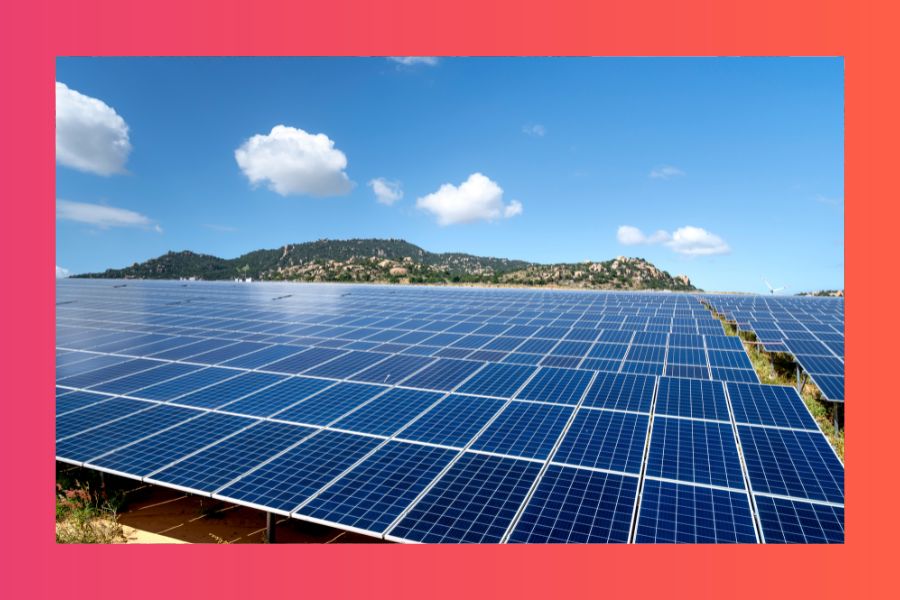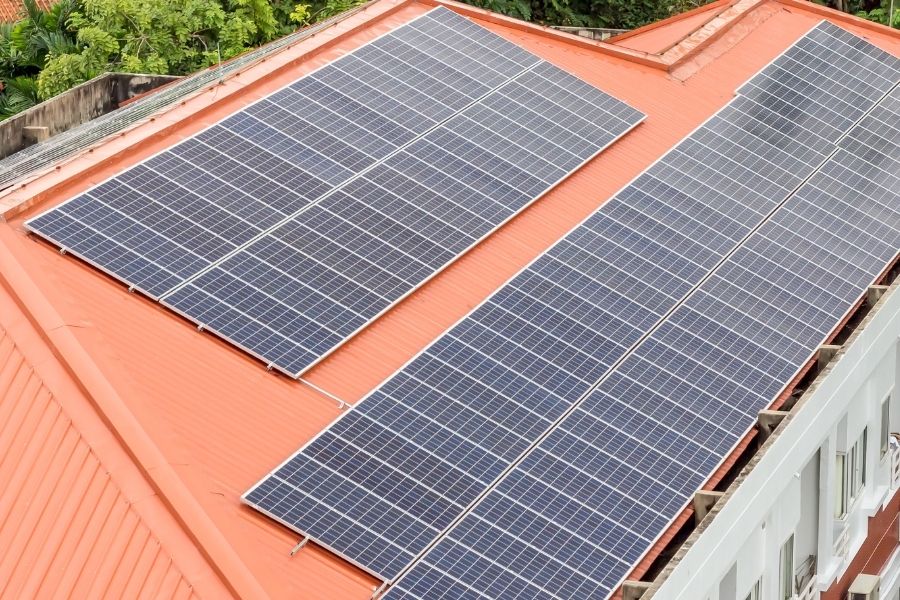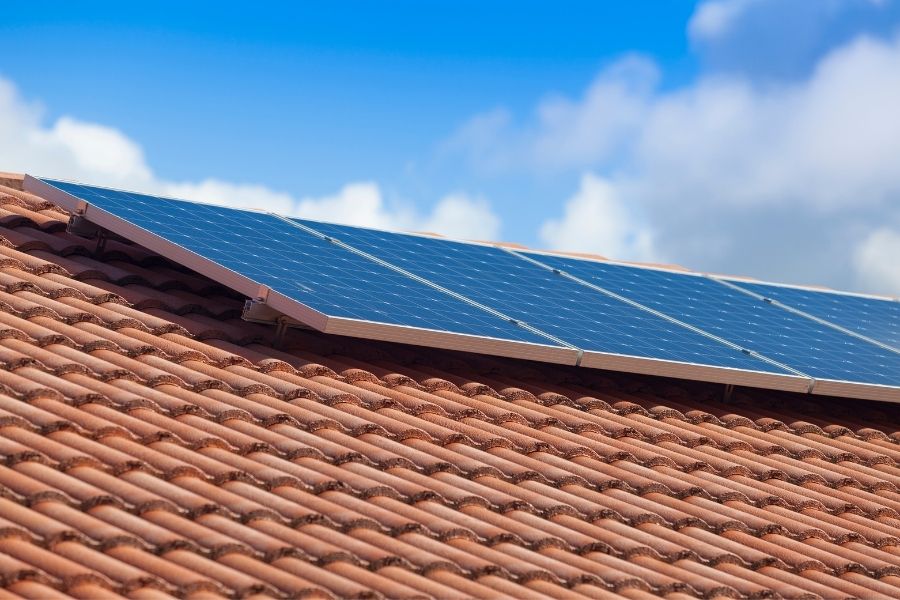3 min read
What Happens When We Reach ‘Peak’ Solar in Australia?
![]() Solar Trust Centre Team
:
Apr 5, 2023 9:00:00 AM
Solar Trust Centre Team
:
Apr 5, 2023 9:00:00 AM
.jpg)
Australia is in no doubt we’re right now amidst a solar revolution. Over the past decade (or so), we’ve seen a phenomenal growth in Australia’s renewable energy capacity. Large-scale installations like solar farms are becoming increasingly common sights - with more in the works. The rise of rooftop solar in the residential - and small business - settings has also been nothing short of tremendous. When looking at the collective progress of locales like South Australia - a world-leader in solar power generation - the biggest problem we’re set to see going forward is not whether communities get enough power from renewable energy sources, but how to effectively manage the excess of it.
This is a really important consideration. After all, just as the Aussie success story of solar power and renewables generally is outstanding, a great deal of attention is given to the present. Also, the past - and this is right, because while Australia’s future is bright, the reality is the short to mid-term will be embattled due to prior efforts by certain actors to frustrate the progress of renewables, leaving us with more nationwide challenges presently - but it’s also really important that the future is always considered in-depth the same, just as we’re pleased to regularly do here at STC. So, what happens when Australia gets to a point where it reaches ‘peak’ solar capacity?
Wait, Why Could More Solar Be an Issue?
.jpg?width=900&height=600&name=STC%20-%20Featured%20and%20Content%20Images%20(31).jpg)
The reason Australia needs to plan effectively for peak solar revolves around a few factors. In essence, our grids were designed to feed power from generation sources such as a coal plant to homes, and not the two-way system we have now with residential solar, which allows for homes to feed energy back to the grid. Furthermore, while a drop in energy prices is surely good news for consumers, it creates challenges for the present operations of energy businesses. In future, we may find blockchain peer-to-peer energy trading and its like is commonplace in a community context, but under the present arrangements a huge excess of solar can create some complications.
Could Solar Capacity Ever Actually Shrink in Australia?
Just as Australia is on the march to reaching peak solar, a logical question flows from this: will the country get to a point where its solar capacity ever shrinks? After all, the thinking may go ‘what goes up, must come down’ - and this is certainly the case when it comes to fossil fuel energy sources, which have certainly had their time, and need to be wound up ASAP. But with solar, it’s indeed different.
On the one hand, solar tech will continue to change as new breakthroughs occur. So, in a sense today’s solar technology will come to the end of its life in the decades ahead, and be replaced then, or earlier via the desire of an owner to upgrade. But that’s just normal. After all, we don’t see many portable cassette or MiniDisc players around these days - yet we still of course all listen to music! In turn, while individual solar systems will one day be replaced, solar power as a form of energy is essentially infinite, and solar power and battery tech is only improving. Thus, there is every expectation solar power capacity will only continue to grow, even as specific technology is replaced and upgraded.
Storing Up the Energy to Maintain Peak Performance
The answer to dealing with excess solar and other renewable energy can be found in storage and export (more on that in a moment). Just as any household can store excess solar energy its rooftop solar system generates in a battery, so too does the same principle apply at a nationwide level. It’s imperative to understand accordingly that Australia going green in this decade doesn’t just involve increasing renewable energy generation, but also more investment in energy storage alongside it. There’s no question the transition era to a 100% renewables energy sector for Australia will come with some speed bumps, but renewables with battery storage is undoubtedly the way to go.
A Survey of the Summit
As discussed here, there are challenges to consider as it pertains to Australia reaching ’peak’ solar. It’s important the nation is proactive in considering them, as ultimately - as the present energy crisis has shown, the seeds of which were sown over the past decade by the former Coalition federal government’s deliberate neglect of renewable energy policy - such solutions to these problems cannot occur overnight with a simple snap of the fingers. Instead, it requires year of thoughtful planning and policy formulation. This said, it’s vital to not lose sight of the fact that - while it’s a real problem to be tackled - Australia obtaining a peak solar capacity is a very nice problem to have indeed. The Great Southern Land has the goods to be a renewable energy superpower, and getting to such a soaring level of solar’s growth would be in harmony with that potential.
Australia has the opportunity to not only create the conditions which would allow for all its energy needs at home being taken care of by renewable energy, but it could also become a renewable energy exporter throughout Asia. Just as the past saw the country emerge as a superpower of fossil fuel resources, the future could see it become one in the renewable energy sector. This offers the prospect for the country to not only create an entirely clean and green energy sector domestically, but also help other nations in Asia in their own quest to go green in the future. So, make no mistake, even if there shall be hurdles to clear on the road ahead surrounding the management of excess solar (and other renewables), ultimately every path worth taking can have some testing moments - but it's most certainly still worth moving forward. In short, nothing should stop Australia's ongoing pursuit and growth of more renewable energy capacity, in both the small and large-scale sectors.
For more renewable energy content, please check out our blogs here.
Read more related blogs

Australia's 2022 Solar Scorecard: A Year in Review
2022 has been a momentous year in the Australian solar sector. By many measures, it has been another 12 months of great progress for renewable energy...


